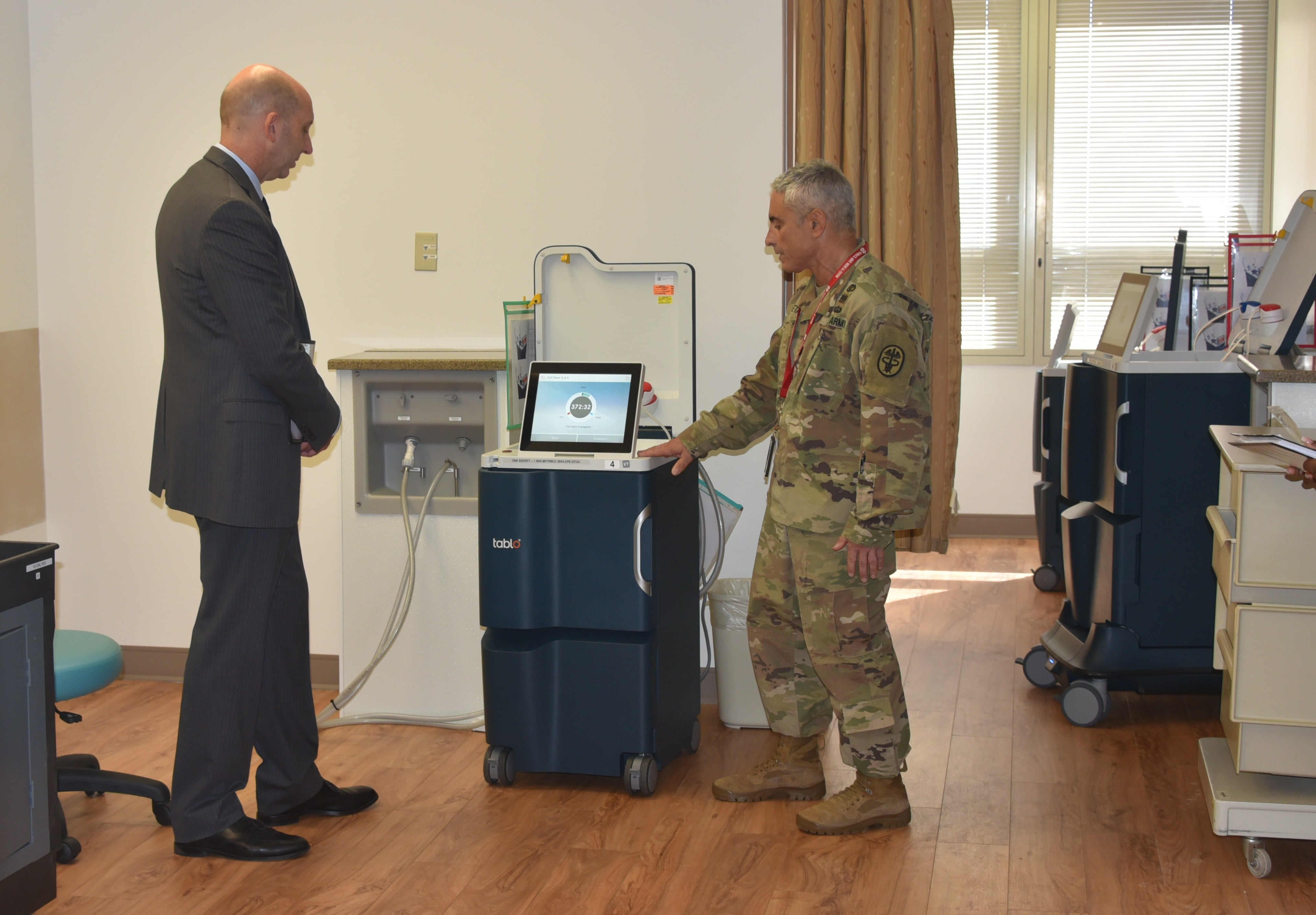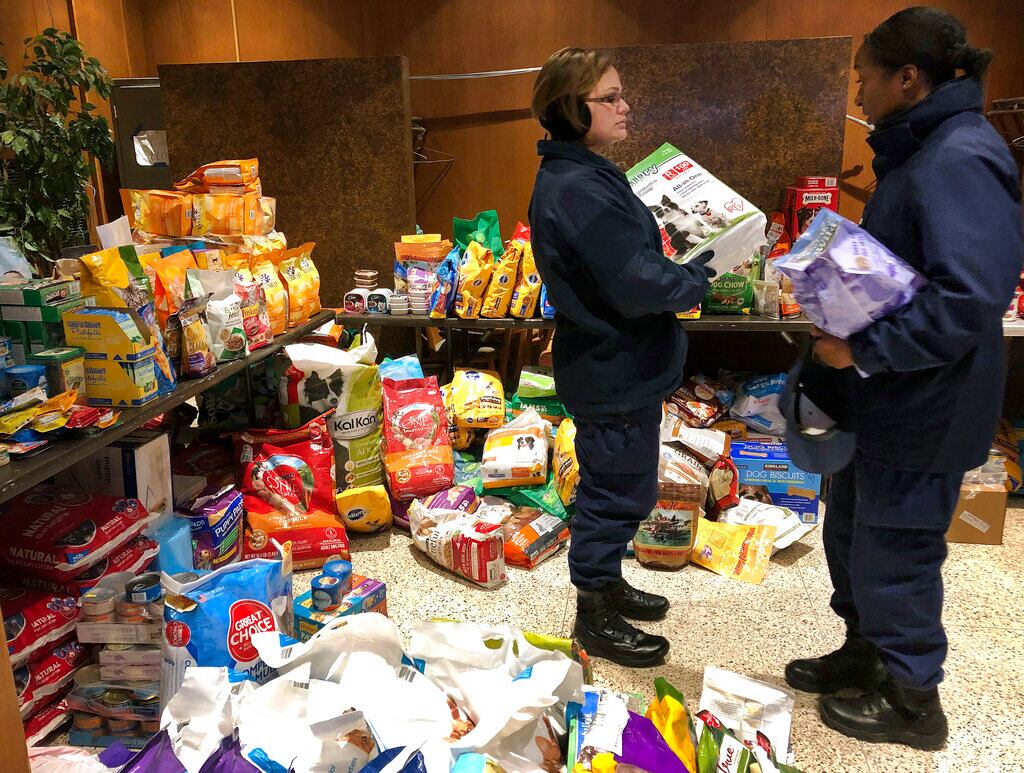![Rear Adm. John Haley[ID=70102100] ID=70102100](http://www.gannett-cdn.com/-mm-/1a1519557145ea5dd897df3b25643dcd46b273cd/c=23-0-2376-2011/local/-/media/GGM/NavyTimes/2014/11/25/635525261044831369-RADM-Haley-John-R.jpg) NAVAL STATION NORFOLK, Va. — Rear Adm. John Haley knew there were many challenges awaiting him when he assumed command of Naval Air Force Atlantic on Thursday morning aboard the carrier George H.W. Bush. With a calm resolve forged by 3,500 hours and 1,000 carrier landings in the A-6E Intruder and EA-6B Prowler, he put those problems in a new perspective.
NAVAL STATION NORFOLK, Va. — Rear Adm. John Haley knew there were many challenges awaiting him when he assumed command of Naval Air Force Atlantic on Thursday morning aboard the carrier George H.W. Bush. With a calm resolve forged by 3,500 hours and 1,000 carrier landings in the A-6E Intruder and EA-6B Prowler, he put those problems in a new perspective.
Every challenge gives us a chance to improve, the 1980 Naval Academy graduate said. "Challenges force us to make decisions, and we get better because of those decisions."
Haley acknowledgedconceded that many choices will be tough as he oversees the manning, training and equipping programs for the aviation commands in the Atlantic Fleet. Chief among these challenges is the recapitalization of an aging fleet, the need to bring on new aircraft and technologies, and the conntinuing fiscal uncertainty that threatens everything. Though every model series has or is in the process of moving to a new platform, with the exceptions of the C-2A Greyhound carrier on-board delivery aircraft and E-6B Prowlers. Three-fourths of the future aviation force is in service today, highlighting the priority of maintaining airframes. Still, three in four airframes still slated to be in use in 2025 -- well beyond their designated life expectancy. The single-seat F-18C Hornets top that list. Almost 90 percent of the fleet is beyond the 6,000 flight hours for which the airframe was engineered. Legacy Hornets are still in rotation because the F-35 fleet is about eight years behind. Potential budget cuts also pose a problem, especially for purchases of the P-8 Poseidon and E-2D Hawkeye.
Those decisions won't be informed by analysis and budgets alone, Haley said. "One of my priorities … is to make sure the folks who really know how to do things best — the sailors on the deckplate — have the opportunity to have a say in it."
If you want to figure out how to do things better, Haley continued, the best place to start is with the petty officers, chiefs and lieutenants who are "living that every day [and] know where the opportunities are to do things better."
Haley previously served as the director of global operations at U.S. Strategic Command. Though he enjoyed his tour in the joint world, the two-star said he is "excited to be in Norfolk and back in the Navy."
He has commanded the George Washington carrier strike group, the carrier Theodore Roosevelt, the command ship LaSalle and Electronic Attack Squadron 136 aboard the carrier Independence. He also has tours as deputy chief of staff at U.S. Pacific Command and director of operations and plans for the chief of naval operations. His awards include the Legion of Merit, the Distinguished Flying Cross, the Defense Meritorious Service Medal, the Meritorious Service Medal, three individual Air Medals and six Strike/Flight Air medals.
Haley replaced Rear Adm. Troy Shoemaker, who will fleet-up to become the Navy's "air boss" as commander of Naval Air Forces nd Naval Air Force Pacific in San Diego, a position that comes with a third star. Shoemaker, who made his living flying Corsairs and Hornets, used theis ceremony to honor his staff and the sailors, ships, and squadrons under his command.
Adm. Philip Davidson, who took the helm of Fleet Forces Command in late December, offered thankeds to Shoemaker, a Naval Academy classmate whom Davidson called a "friend and warrior." The Navy's new air boss has played a key role in the development of new and emerging capabilities, and is the right man to see it through this season of fiscal uncertainty, Davidson said.





